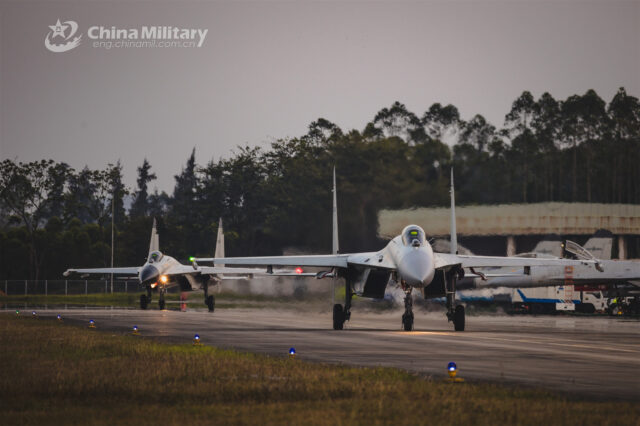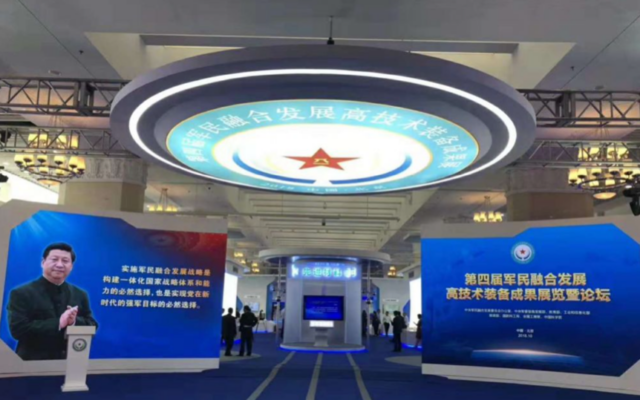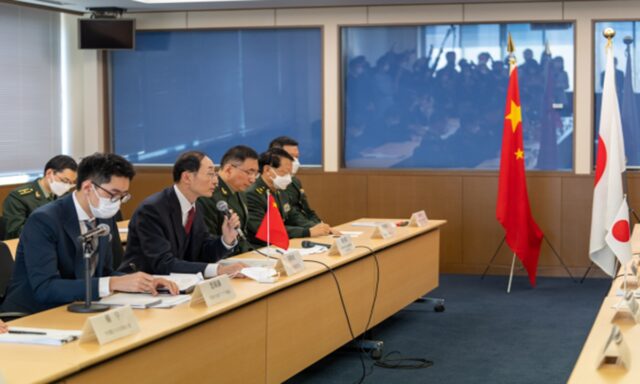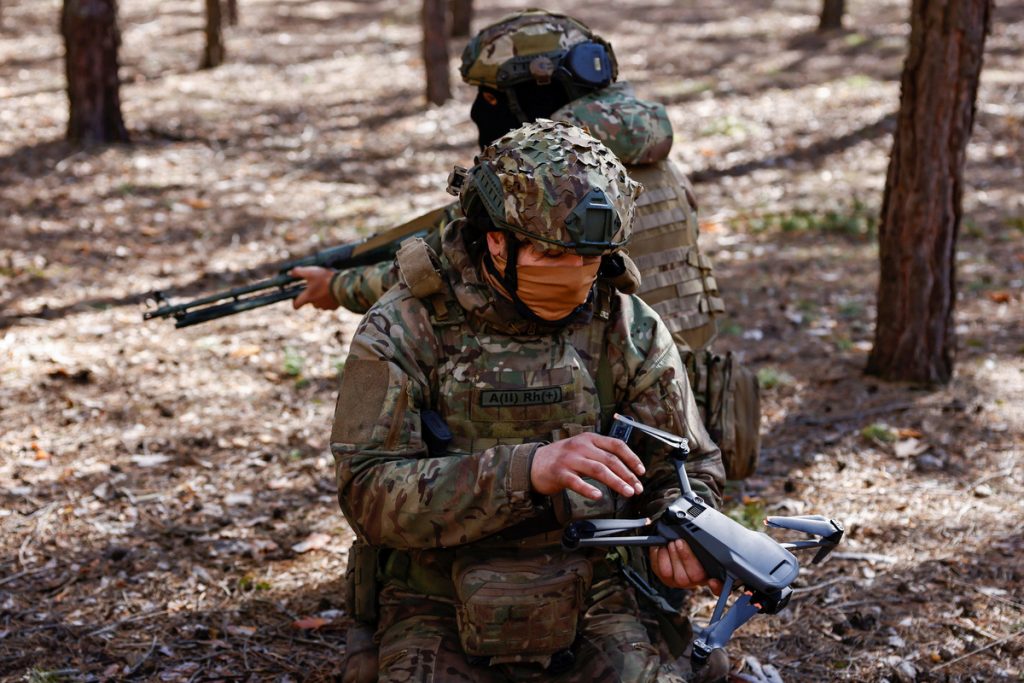Marie Kwon
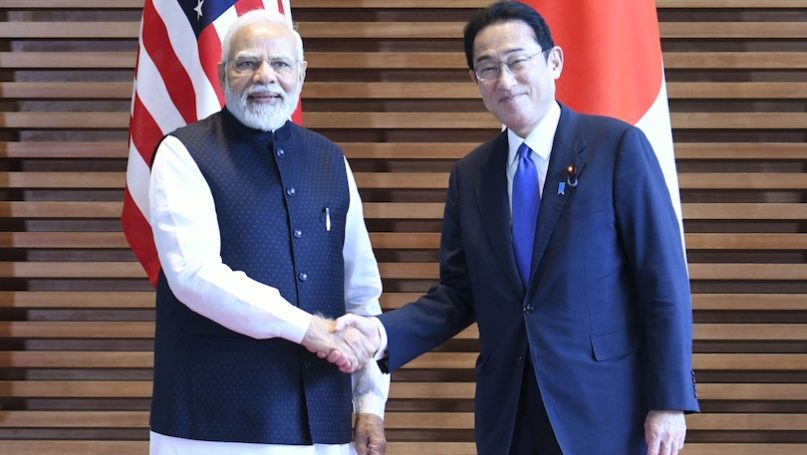 On 20 March 2023, Japan’s Prime Minister Fumio Kishida announced a $75 billion plan for a “Free and Open Indo-Pacific” dedicated to maintaining peace and ensuring cooperation and connectivity in the Indo-Pacific region. The plan, revealed in New Delhi, echoed Kishida’s predecessor Shinzo Abe’s landmark address to the Indian Parliament in 2007, which was the first public defence of a strategic confluence of the Indian and Pacific Oceans. The conceptual merging of the two oceanic spaces was, at the time of its introduction, understood to reflect the material political and economic convergences that brought the region’s leading powers, namely India and Japan, closer together. This speech paved the way for the later release of Japan’s vision for a Free and Open Indo-Pacific in 2016 but it also kickstarted the coming into being of the Indo-Pacific as both a geographical notion and geopolitical vision.
On 20 March 2023, Japan’s Prime Minister Fumio Kishida announced a $75 billion plan for a “Free and Open Indo-Pacific” dedicated to maintaining peace and ensuring cooperation and connectivity in the Indo-Pacific region. The plan, revealed in New Delhi, echoed Kishida’s predecessor Shinzo Abe’s landmark address to the Indian Parliament in 2007, which was the first public defence of a strategic confluence of the Indian and Pacific Oceans. The conceptual merging of the two oceanic spaces was, at the time of its introduction, understood to reflect the material political and economic convergences that brought the region’s leading powers, namely India and Japan, closer together. This speech paved the way for the later release of Japan’s vision for a Free and Open Indo-Pacific in 2016 but it also kickstarted the coming into being of the Indo-Pacific as both a geographical notion and geopolitical vision.Despite the prevalence of the Indo-Pacific in global policy discourses, the emergence of the terminology is endogenous to the region itself. Japan and India were the first to call for greater convergence in the face of common security concerns across the regional space, thereby introducing a novel form of Asian identity expressed by Shinzo Abe as “broader Asia.” However, grasping the meaning of the Indo-Pacific has since become deeply ambiguous. There is scant consensus as to the region’s geographical scope, and the contestation around the terminology demonstrates the eagerness of certain state actors to shape the new regional framework according to their national interests. Interpretations of the region’s extent are indeed numerous, some locate the region as stretching from the Eastern coast of Africa to the Americas, others exclude the Eastern flank of the Indian Ocean, while Beijing rejects the term completely in what appears to be an effort to denounce anti-China bloc politics. These competing definitions and ensuing diverging policy approaches have further reinforced the complexity of the Indo-Pacific debate in both policy and academic discourses. But exactly what has led to the rapid popularisation of the Indo-Pacific? What does the term have to do with broader discourses on geopolitics? And what impact will it have on international relations theory? This article intends to reflect on these questions as a way of clarifying the debate surrounding Indo-Pacific studies.



